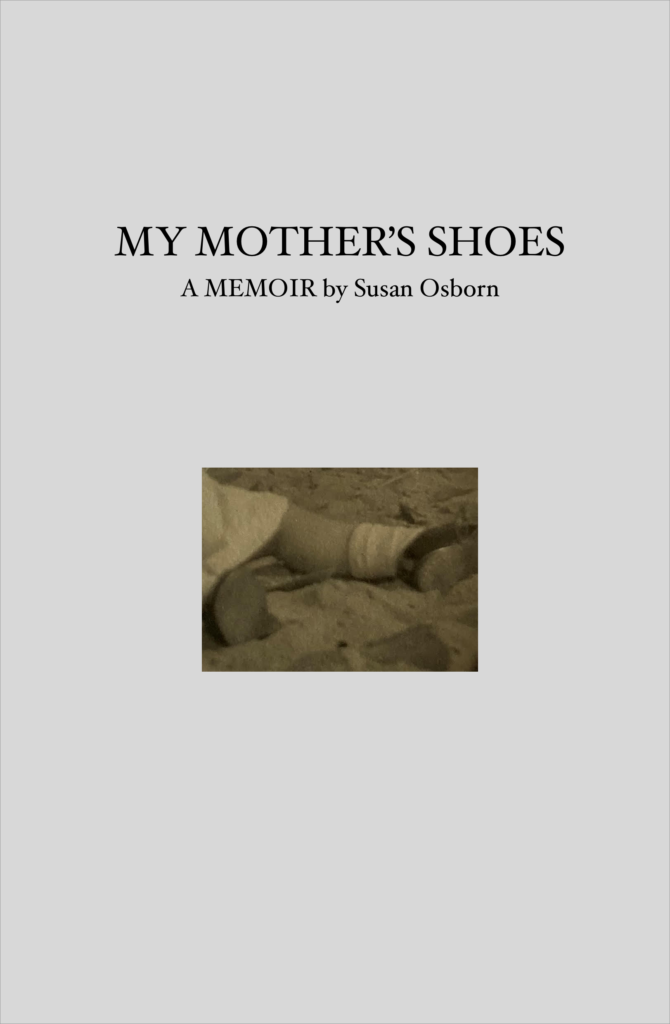Books
Incest & Power: A Manifesto
We know that American women are raped at alarming numbers. But few of us are aware that daughters are incestuously abused at a much higher rate. In Incest & Power, Osborn explores the culturally awkward relationship between the prevalence of incest in our society, and our inability to see and talk about incest. In this shrewd and provocative manifesto, Osborn drills down on the core systems, the ordinary material and institutional arrangements that support and maintain incest’s invisibility. This is no book of pot shots nor is it yet another easy, anecdotally-based list of grievances against men, but rather a lively, accessible, and radical dissection of the powerful forces that keep us from understanding and doing something about the most common form of sexual violence: incest.
Currently on submission. Contact Susan for inquiries.

Elizabeth Bowen: New Critical Perspectives
This collection of insightful and illuminating essays expounds the dynamics of Bowen’s fiction’s originality and value. Specifically, the volume focuses on previously ignored tensions and pressures in Bowen’s style and addresses two signature but overlooked characteristics of her art: her intimidating and often dismissed artistic, linguistic, and substantive difficultness and her aesthetic moral and cognitive complexity and distinctiveness. By so doing, Osborn cultivates compelling new ways of thinking about Bowen’s work’s ingenuity and creativity next to a range of contemporary concerns such as the relationships among literary representations of gender, sexuality, and ethnicity; modernism, sensationalism, and realism; and ongoing debates about trauma and identity. Osborn is also the editor of the first scholarly journal entirely devoted to Bowen’s work.
Surviving the Wreck
I am running toward my mother. She is standing at the door of our cottage in Connemara. I can see here even though we are still a hundred miles apart. A horse appears, white, gallant, and keen, and I jump on its back and we race across the Moorish cliffs and down the ferny glens, leaping across the gullies as if my horse were Pegasus. We look like a great white blur, my horse and I; as we get closer to my mother, thistles and thorns scratch at my face, but they do not hurt, there is no blood. I am riding too fast, yet as long as I keep her in my sight, I feel utterly, absolutely protected.
Interweaving truth and memory, this arresting and graceful novel plumbs the tangled relationships within one family. The narrator, a sensitive young woman, takes the reader on a rocky journey through her memory; her father is a scoundrel who mocks his long-suffering wife and deviously pursues his daughter; her mother dotes extravagantly on her son—a self-absorbed intellectual who cannot bear her and longs for his father’s attention and love. Throughout, family tensions are subtly, forcefully registered. The story’s emotional range signals a fictional imagination readers will not soon forget.


“Osborn excels at disrupting conventional ‘truths’.”
— Soundings
My Mother’s Shoes
Mom ordered her sandals by mail, one pair size five, the other size seven and when she placed the pair she made for herself on the floor, they reminded me of fraternal twins, only one of whom had been favored by fate. I did not like to look at her shoes, especially the left with its unnatural shape. It reminded me of something dirty, like something that shouldn’t have taken place, it looked homely and at the same time unreal, like something you might find in a fairy tale hidden behind a loose brick in a chimney, a cracked pipe or a faded hair ribbon. Before she napped, she set her sandals side-by-side on the floor as neatly as the fancy high-heeled shoes we admired at B. Altman’s. But as soon as she let go of the back strap of the left, the heel lifted itself up off the ground like an unconscious memory, dragged up by the unnaturally compressed weight of the pad at the front of the sandal. I developed a terror of touching her shoes for fear of contagion, my fear a veiled, suppressed desire that I was not in the least aware of as a child of a secret, communicable wish to be closer to her. What was brought home to me then in mute form as it still is on some autumnal nights and spring evenings was consciousness of two tangled desires from which I have never altogether escaped: a fierce overbearing loneliness giving way to a pleasurable and terrifying fantasy of suffocating togetherness, the two separated in my mind by no more than a shoe buckle, the irregular sound of a walk, a slight fumble on a fold in a rug. I wanted not only to have her but to be her.
When she was two, the author’s mother was struck down by polio. Marjorie survived, but her left leg was severely withered and partially paralyzed.
For her status-conscious family, this was a calamity. Her socialite mother refused to be seen with her. Her father, a well-established physician, tried to conceal her deformity by teaching her how to walk on the toes of her crippled left foot and flat on her right; she walked one foot up and the other down for the rest of her life.
In this profoundly moving account, the author turns her discerning eye inward and, in vivid and supple prose, explores the ways Marjorie’s deformity disfigured their relationship, distorted the author’s own body image, and affected her ability to love herself.